Here's the report that IDJ posted from the 27 Jan 1947 edition of the SCMP:
MOUNT PARKER AIR CRASH
Gold Cargo Worth US$15,000,000
Scattered Over Hill-slope
ENTIRE CREW OF FOUR PERISHES
The Philippines Airlines Dakota plane, PIC-2, which was reported missing since 3p.m. on Saturday, was located about 9 a.m. yesterday. It had crashed on Mount Parker, Hong Kong Island, burst into flames and been destroyed. The four members of the crew, including a woman (Stewardess) were all dead. The plane carried cargo only, including a shipment of gold valued at US$15,000,000 consigned to seven banks. Some of this rolled down the hillside and some melted, but it is understood that almost all has been recovered. Mount Parker is 1734 feet high. The pilot, flying in thick rain mist, failed to clear it by about 50 feet.
A Dakota C47, the plane was specially chartered to carry the large consignment of gold bars and coins, said to be valued at HK$60,000,000 for seven local banks. The RAF said that the plane left Makati airfield, Manila, early Saturday morning and was in almost continuous radio communication with Kai Tak. At 3 p.m. the plane was making its approach to the airfield from the south and was receiving its final instructions preparatory to the let down. The pilot was told to climb higher. The message was not acknowledged and contact was not re-established. It was thought that the pilot may have decided to put back to Manila, but when the bodies were found, a watch on one of them had stopped at 3.02p.m.-indicating that the plane had hit the mountain almost immediately after the signal was sent. On Saturday the RAF could not say that the plane was missing until enquiry had been made from Manila to discover whether she had put back there-as another plane recently did. Manila’s reply at nightfall was negative. Meanwhile RAF search planes and rescue teams had been made ready; but it was too late and the weather too thick for an air search. The Police and Army were notified.
Search at Sea
It was first thought that the plane had crashed outside Hong Kong in pirate infested waters. HMS Finisterre and other naval and police launches were sent on Saturday evening to conduct a thorough search, with the order to continue operations at night. They covered a considerable area, including Junk Bay-leading to rumours that the plane had hit Devil’s Peak. A villager passing the Shaukiwan Police Station late Saturday night reported that he had seen something burning faintly on the hillside, but although more searching parties were sent out, they could not confirm the report as it was dark and misty and the hillside was difficult to climb. Rescue parties combed the hills early yesterday morning and the wreckage was located about 9 a.m. when the mist had cleared somewhat.
High police officials, including Commissioner of Police ASP Luscombe and ASP Kellett arrived at the scene soon after the wreckage was located and a police cordon was immediately thrown around to guard the gold bars and coins which were scattered about an area 100 feet wide. According to the police 60% of the valuable cargo could be recovered easily, but some coins were fused into the metal of the plane by the intense heat. The plane had broken her back and was in two pieces, with charred wreckage covering an area some 15 yards wide. The crew consisted of Pilot, O.T. Weymouth, Co-pilot, M.A. Lim, Radio-Operator, B. Merza and Air-Hostess, Miss I. Chuidian. The police located the four bodies lying among the ruins, burnt beyond recognition. They were brought down from the mountain yesterday afternoon.
Salvage work soon began and when a SCMP reporter visited the scene, more than 30 gold bars had been recovered and loaded on a lorry to be taken to the vaults of the Hong Kong And Shanghai Bank. Over 20 coolies and several constables were seen coming down the dangerous slope nearly 1,000 feet from the road, each carrying a gold bar weighing over 10 pounds. It is believed that the plane carried 2½ tons of the valuable metal. The valuable cargo is said to be consigned to seven banks in Hong Kong and is said to have been insured with Lloyds. The consignees are the Hong Kong and Shanghai Bank, the Chase Bank, Bank of Communications, Belgian Bank, American Express, Bank of East Asia and the Salt Industry Bank. An official of Philippine Airlines came by plane from Manila yesterday afternoon. The scene of the disaster is about 1,000 feet above the Island Road, a few minutes drive from Shaukiwan Police Station. Mount Parker is at the eastern end of the island, in the loneliest section, with no settlement near it. This, and the fact that the plane struck the far (south) side of the hill-top in thick rain fog explains why the crash was not seen or heard and why the wreckage was not located earlier. It was learned from the police last night that the scattered gold coins had not all been recovered and that heavily armed guards were on duty at the scene throughout the night.
IDJ added that the crash "scattered millions of dollars of gold bullion across part of Mount Parker on Hong Kong Island. Metal detectors enthusiasts be aware there still may be gold in the hillls! Although no doubt the bank's insurers would want a share if any were found even after all this time."
We'll find out, as the SCMP reports that Craig and a couple of colleagues recently discovered one of those scattered gold coins: http://www.scmp.com/magazines/post-magazine/long-reads/article/2067213/h...
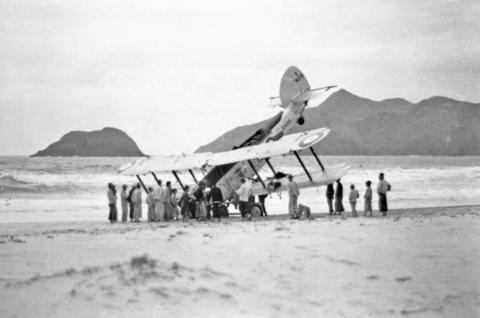
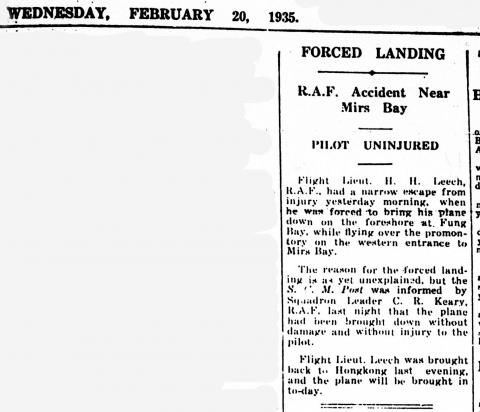
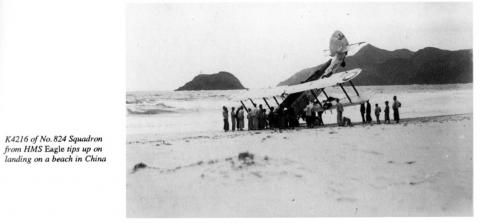
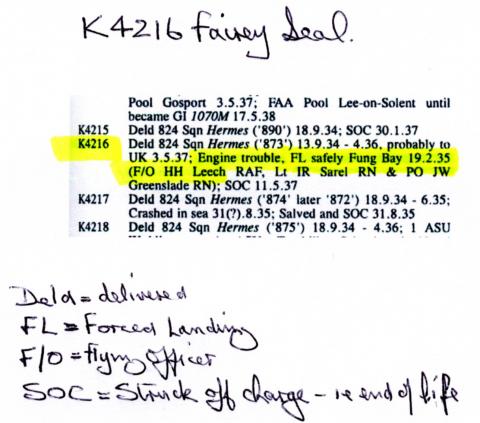
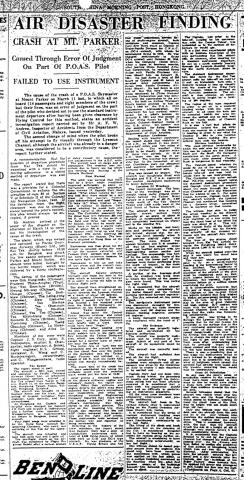

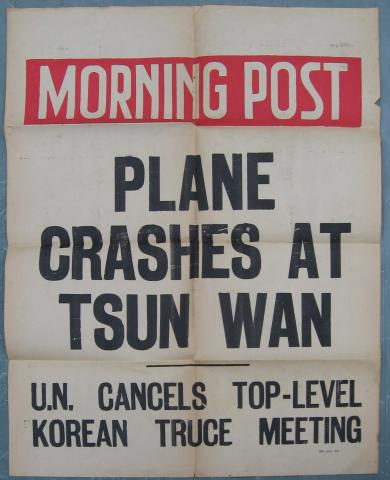
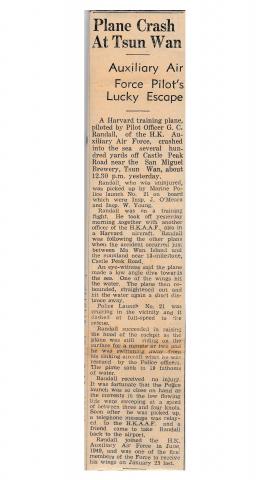
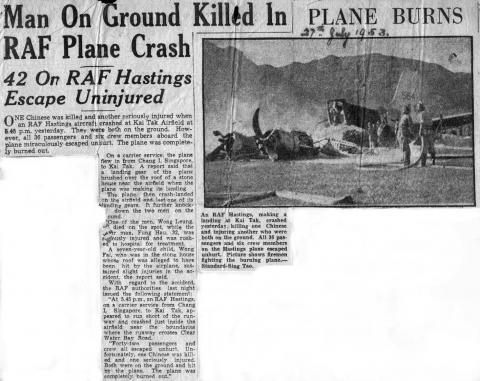

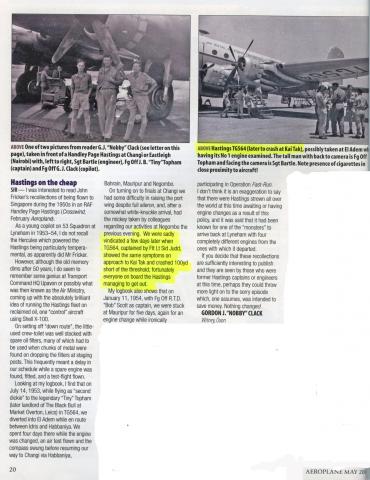
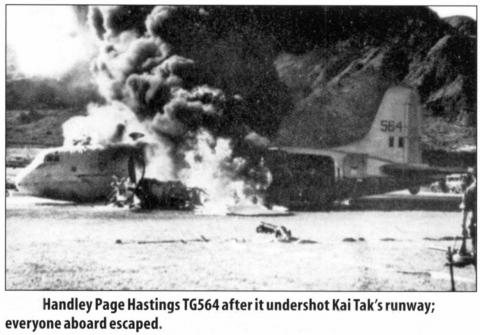
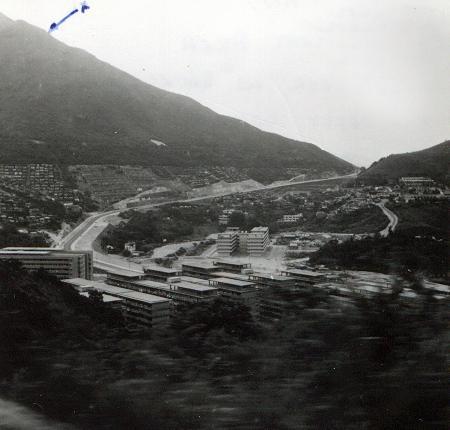
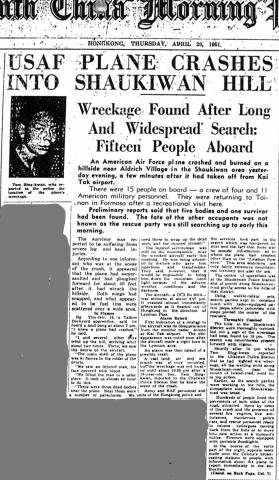
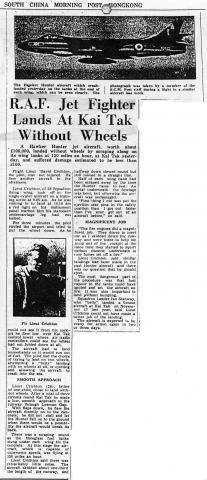


hawker crash 1962
I have been researching the story of the Hawker crash on Dec 28th 1962 in which Flt Lt David Crichton died , and was very surpirised to learn he had crash landed successfully just a few weeks earlier (see http://gwulo.com/node/20834). David Crichton was my wifes uncle and last week Davids sister , my wifes Aunt Anne retold the tragic event . She is well and living today in australia . We live in the uk. David is buried in the colonial cemetry which Anne has visited .
I'm not sure she knows about this crash landing earlier that month . she will be very shocked when we tell her . All these years later it shows the power of the internet .
Anyway if anyone has any other recollections or information please post !
Submitted by redrob on Wed, 2011-07-13 04:45
.